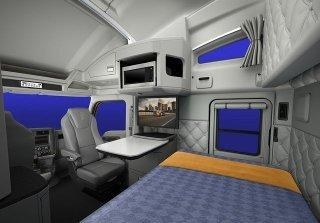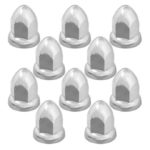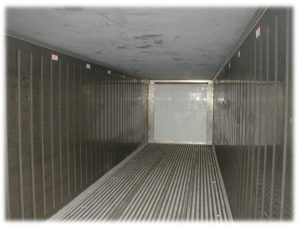You begin to wonder whether truck drivers sleep for long-distance travel in their trucks or somewhere because they can’t just drive the whole way.
Where truck drivers sleep, there is a combination of different factors such as career path a truck driver, the type of truck and how far they have to travel.
This article will share insights about where truck drivers sleep, what it’s like, and other sleep-related questions so you can begin to prepare yourself for sleeping while you’re out on the road.
Where Do Truck Drivers Sleep?

There is a small room behind the driver’s seat what’s known as a sleeper cab. Within this you’ll find a bed, some storage for clothes and personal items and some kitchen items like, a fridge and a microwave.
If you look at trucks used for long-distance haulage, you will notice a small room behind the driver’s seat. Short-distance trucks don’t have this.
Most truck drivers who drive an over-the-road or regional configuration, sleep in the sleeper cab in their truck.
Truck drivers who drive a local configuration, return home each night to sleep in their own bed.
Modern trucks now include sleeper cabins ranging from 36 inches to 244 inches and include a mattress, fan, ventilation, an access hatch, and cabinets.
Where Do Truck Drivers Park to Sleep?
Truck drivers usually park at company facilities, highway rest areas, and truck stops to sleep.
Truck stops are the preferred solution. They’ll have a bunch of parking spaces, showers, laundry services, fuel stations, a convenience store, and often a restaurant. Pretty much everything we need. Highway rest areas are a good second choice.
Truck drivers don’t usually sleep in hotels because the rooms are too expensive on the average driver’s salary. They usually stay in hotels or motels only when it is too risky to keep the engine running or unsafe to be out in the open.
Do Truck Drivers Sleep With Their Trucks On?
The answer is yes, though it depends on whether the truck has an Auxiliary Power Unit, or APU. The APU is equipped with an extra electrical generator to create enough power to operate onboard electrics usually while the truck is not moving.
Many newer trucks come with APUs. But most trucks do not have APU and require the engine to be on to keep the cab cool or warm while sleeping.
The main benefit of having an APU is the savings in overall fuel cost and the noise level. APU’s are far quieter when running than a truck engine is when idling.
Where Do Truck Drivers Shower?
The nominal fee to take a shower at most truck stops is around $10–15, depending where you go. They provide towels, a washcloth, a bath mat, and usually a hand soap dispenser.
However, truck stops give drivers a credit for a free shower if you spend more than $50 on diesel fuel.
Conclusion
Getting good quality sleep as a truck driver isn’t always easy. But sleep is critical for your physical and mental health, your safety and others on the road. There are lots of things you can do to help you feel refreshed and energized.
Sleeping cabs are the most common type of sleeping arrangement for truck drivers, especially for drivers who spend multiple days on the road. Truck Drivers that drive local routes usually get home each day to sleep in their own beds. Truck drivers usually stop at company facilities, highway rest areas, and truck stops to sleep.




